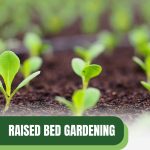

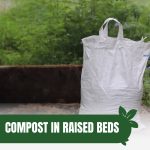
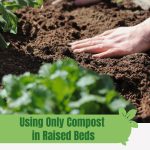
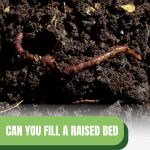
Diving into the heart of sustainable gardening practices, a common query we often encounter is, “Can you fill a raised bed with just compost?” The straightforward answer is yes, but with important considerations to keep in mind.

This article aims to shed light on the nuances of using compost as a sole medium in one of our raised beds, ensuring gardeners are equipped with the knowledge to make informed decisions for their green spaces.
Through a blend of expertise and research, we’ll explore the implications, benefits, and potential drawbacks of this approach, guiding you toward achieving a thriving and productive garden.
Can you fill a raised bed with just compost?
Yes, filling a raised bed with just compost is possible, but it’s important to proceed with caution. Here’s a closer look at the factors to consider:
Nutrient Intensity: While compost is packed with nutrients that plants love, an all-compost environment might be too much of a good thing. High nutrient levels, particularly for young plants, can lead to “nutrient burn,” potentially harming sensitive root systems.
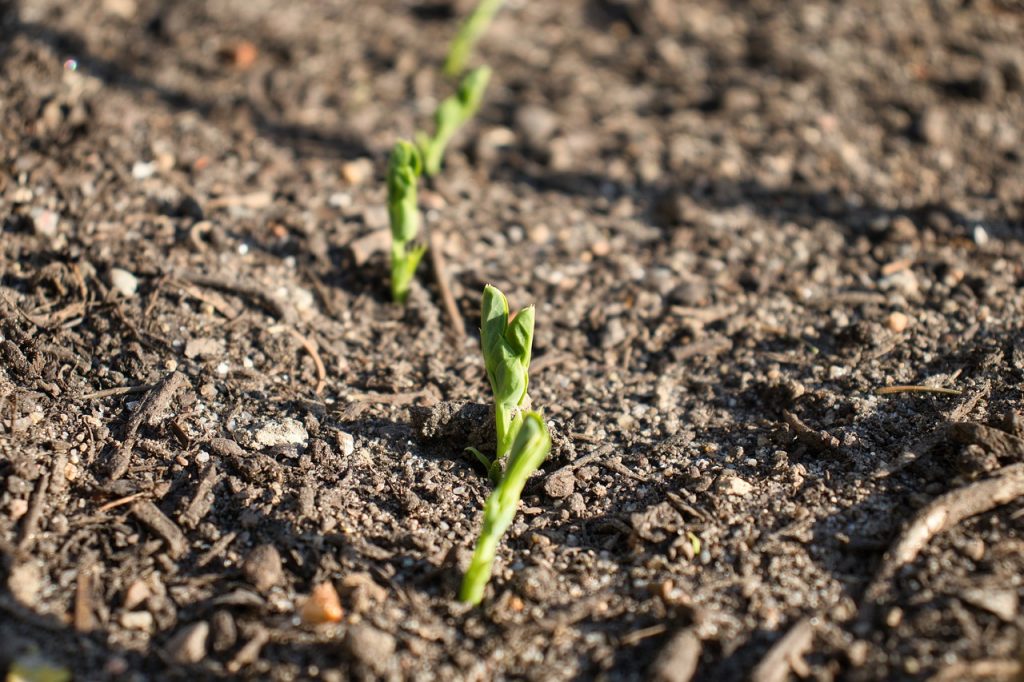
Soil Structure: Beyond nutrients, the physical structure of soil plays a crucial role in plant health. Ideal soil is a balanced mix of organic matter, minerals, air, and water. Pure compost lacks the mineral balance of natural soil, which can impact drainage when watering raised beds as well as root development.
Shrinkage: Compost is organic and continues to break down over time. This natural process means that a raised bed filled entirely with compost will likely decrease in volume, which could change the bed’s depth and structure that you initially planned.
Symphylans: In certain areas, too much compost might attract symphylans, small pests detrimental to plant roots. In our experience, this situation underscores the importance of balance in garden practices to avoid creating a welcoming environment for these pests.
Best practices for compost in raised beds
To make the most of compost in your raised beds without tipping the scales, here are some straightforward strategies:
- Mix It Up: When preparing soil for a raised bed, use compost as an enhancement rather than the sole component. Combining compost with topsoil or garden soil creates a well-rounded environment for your plants. Keeping compost to about 25-30% of your soil mixture is a practical approach.
- Layer Wisely: If you’re leaning towards a generous use of compost, layering it with the soil beneath can be beneficial. This method not only maintains soil structure but also enriches it with diverse nutrients and minerals.
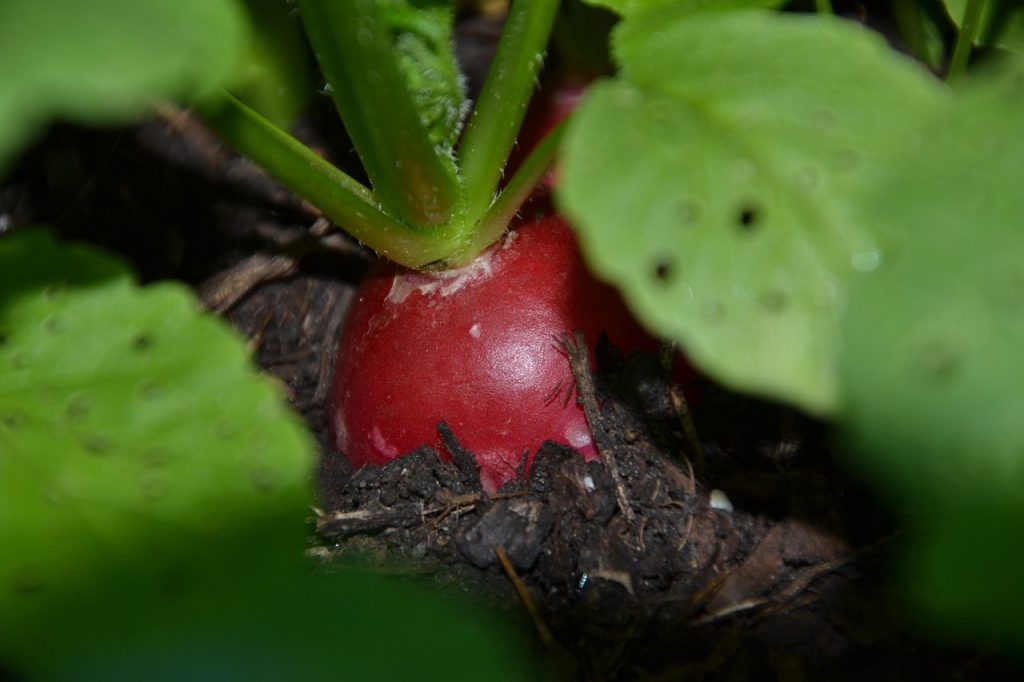
- Know Your Plants: Understand that different plants have different soil preferences. Some thrive in the richness of compost, while others need a more moderate environment. After testing it out, we’ve found that it’s best to customize the soil composition in your raised beds to meet the unique requirements of your plants.
- Stay Flexible: Gardening is a dynamic process, and adaptability is key. Monitor your plants’ health and be ready to tweak the soil composition as needed. Sometimes, incorporating additional topsoil, sand, or other amendments is necessary to achieve the right balance for your garden’s success.
























